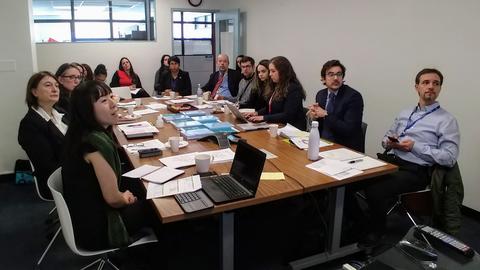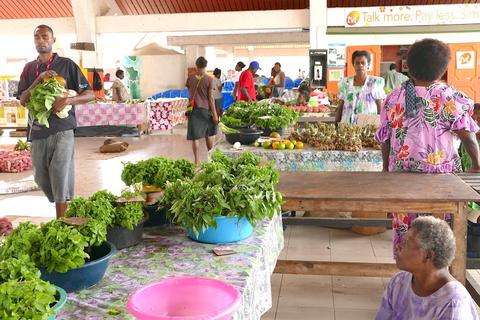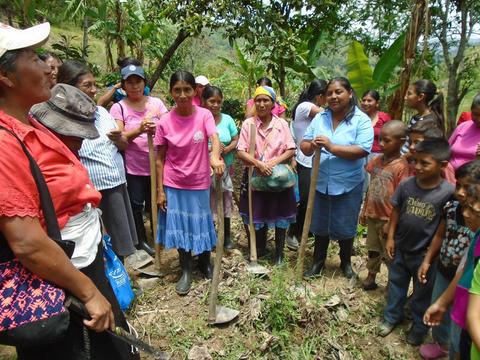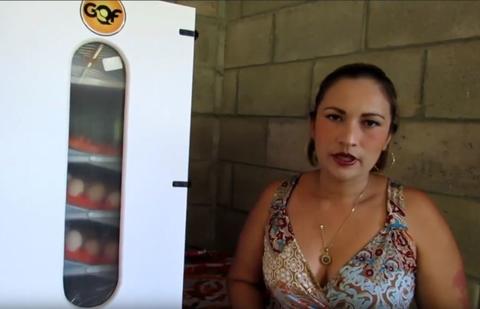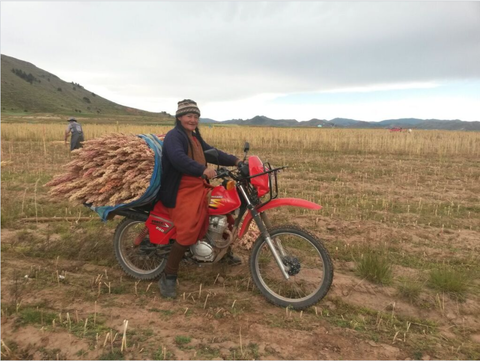September 23, 2015
Fighting to the Last Drop
There is always an air of excitement that prevails as the September session of the United Nations General Assembly begins, and this year is no exception. Most notable will be the new agreement on the Sustainable Development Goals (SDGs), the post-2015 priorities set to be adopted by UN member states. More than just a UN concept, these proposed SDGs outline 17 development objectives will have broad implications for most universal processes, from economic development to energy governance, peace building, trade and biodiversity.
Despite the progress to get to this juncture, there are many humanitarian and development challenges that still hamper progress on the frontier of these new goals. Think: water. One critical resource that underlies these development objectives is the simple concept of water or access to water. Access to water is essential to the full enjoyment of life and all human rights. Safe drinking water, however, has become a scarce and often limited resource.
Privilege or right?
Globally an estimated 748 million people are still relying on unsafe drinking water. While drinking a glass of clean water should never be considered a privilege, in many parts of the world it seems to be. In addition to the estimated 5,000 children who die due to preventable water and sanitation related diseases each day, an estimated 2.5 billion people have no access to hygienic sanitation facilities and half of those have no sanitation facilities at all.
In July 2010, the United Nations General Assembly and the UN Human Rights Council recognized access to safe drinking-water and sanitation as a human right. Despite this, many of the millions still lacking access to water and sanitation services often face the double burden of being poor and living in regions devoid of clean or available water resources.
While there has been some progress on the water issue in the last few years, much more must be done. We know from a recent UN MDG Summary report that more than 2.3 billion more people gained access to improved sources of drinking water between 1990 and 2012, which is encouraging but far from acceptable.
Additional effects
Improving water and sanitation would have a large impact on advancing overall human development. Recent global consultations on this agenda have resulted in a call for action to ensure universal access to safe drinking water at home and in schools, health facilities and refugee camps. This requires a global minimum standard that should be applied to everyone. Better water resource management and governance can ensure there will be enough water to meet increasing demand.
Improving access, as well as quality, is becoming more urgent as the world faces a growing population and increasing water scarcity. Water scarcity affects more than 40 percent of the global population, and is projected to rise. Unfortunately, it is people living in poverty who are likely to be most at risk.
We also know that water, sanitation and hygiene work together to make communities healthier and reduce the spread of disease. At the same time, good governance of water and sanitation services ensures that the voices of the poor and vulnerable are heard. We need to establish good management practices, responsible regulation and proper pricing.ç
Our response
We know that governments alone cannot meet all the challenges facing low-income populations. But water is one of the challenges we must take seriously! While the issues sound relatively simple to those of us who may take clean water for granted, they are not. And for this, we must be vigilant.
Consider, our joint program in the Philippines, which builds on the experiences of a previous program on water and sanitation and on climate change adaptation. Does it make sense that 16 million Filipinos do not have access to safe drinking water? Our program is designed to improve delivery of water by encouraging investment in services for poor communities, increasing local capacities to develop, operate and manage water supply utilities.
We know that community participation will also play a key role in achieving universal access to water and sanitation and will help generate a sense of national ownership, sustainability and accountability. Perhaps most importantly, the issue of improved water access will have a clear multiplier effect on other development goals and improvements for large-scale issues that will reduce child mortality, improve maternal health and lead to greater agricultural production.
This opinion piece was published as part of MediaplanetUSA’s “Global Water Crisis” campaign. The campaign highlighted the advances being made in clean water technology, the companies impacting the most change and what we can do right now to provide attainable access to water. One in 9 people—a staggering 750 million people worldwide—lack access to a clean water supply. Approximately 2,300 people die each day due to inadequate drinking water, sanitation and hand hygiene. With such dire statistics and an ever growing world population, it has never been more imperative to make global access to clean water a reality for everyone who currently lacks this vital resource. The campaign was distributed within the centerfold of USA Today on September 23, 2015 and is published on a Mediaplanet original site. Visit the site to learn more: http://bit.ly/1QutBtC

